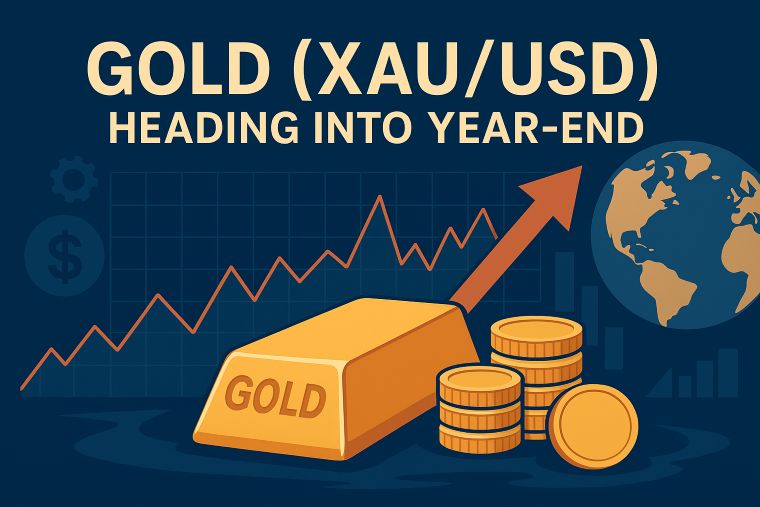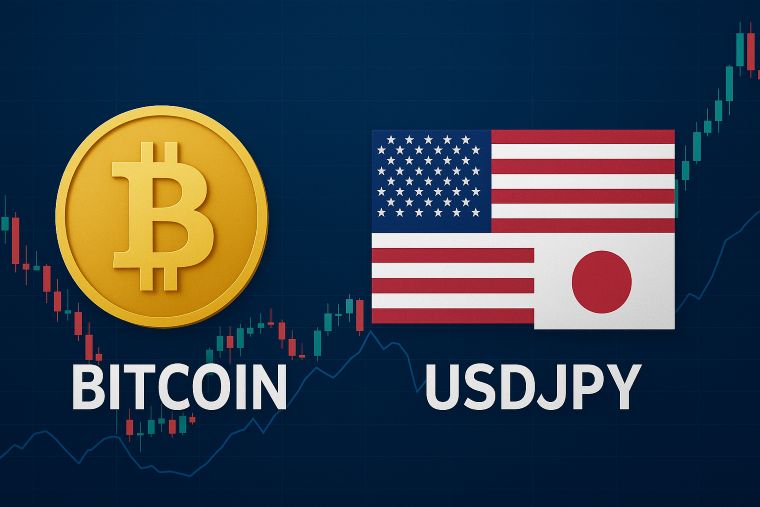3 min to read
The dollar-yen exchange rate experienced a noteworthy development
as it climbed to the mid-145 yen range during today's NY trading session.

“The dollar-yen exchange rate underwent a significant development today as it advanced to the mid-145 yen range during the New York trading session, propelled by a robust dollar”
The surge in US Treasury yields subsequent to last week’s release of the US inflation indicators has contributed to the resurgence of dollar demand, driven by heightened recognition of the interest rate differential between Japan and the United States. Despite reaching the 145 yen threshold, a wave of profit-taking sales has emerged; nevertheless, the market seems to be adeptly absorbing this selling pressure.
Within the US bond market, the yield on the 10-year inflation-indexed bond, which signifies the genuine yield post inflation adjustment, has ascended to 1.82%, nearly reaching levels not observed since 2009. Furthermore, the day witnessed an upward momentum of the dollar against the Chinese yuan and the Russian ruble, with influences also stemming from the devaluation of the Argentine peso.
Market sentiment signals a consistent decline in short positions on the dollar by institutional investors, a trend which has persisted since late March. Notably, the options market reflects a bullish sentiment towards the dollar, particularly in the period post-late March.
While there exists a perception that the Federal Reserve’s trajectory of interest rate hikes is nearing its culmination, it is anticipated that the central bank will continue to bolster the dollar due to its prolonged policy of maintaining higher interest rates in the market, a move potentially exceeding market expectations. Despite the notion that the Fed’s rate hike cycle is reaching its conclusion, the resilient labor market and the stable economic environment contribute to speculations that the Fed might prolong the elevated policy rates beyond initial estimates.
The euro-dollar pairing experienced a temporary decline to the 1.08-dollar range, momentarily breaching the 100-day moving average. Subsequently, a rebound was observed, and the pairing is currently trading in proximity to the 100-day moving average, situated at approximately 1.0930 dollars.
While concerns surrounding an economic deceleration endure, predictions of gradual inflation alleviation have engendered market expectations that the European Central Bank (ECB) will maintain interest rates at their current levels during the upcoming September policy meeting. In actuality, an anticipation exists for a consensus to be reached between the dovish and hawkish factions within the ECB’s governing council.
Within this context, while further interest rate hikes might be postponed, the ECB is exploring the potential to recalibrate its bond purchase program as a means to curtail monetary stimulus. One considered option is to truncate the forward guidance period for the Pandemic Emergency Purchase Program (PEPP). Presently, the ECB has conveyed its intent to reinvest the principal from matured bonds procured under the PEPP, at least until the close of 2024.
The pound-dollar exchange rate underwent a temporary decline to approximately 1.2615 dollars and intersected with the 100-day moving average.
This week is characterized by a deluge of pivotal economic indicators emanating from the UK, with the UK Consumer Price Index (CPI) scheduled for release on Wednesday the 16th being of paramount significance. Preceding this, the release of UK employment statistics is slated for tomorrow. Among these metrics, wage growth rate will take center stage.
Within the context of grappling with structural intricacies and labor scarcities in the UK economy, the prospective transmission of wage increments to inflation holds utmost importance. However, it is expected that the comprehensive CPI index in the UK will exhibit a substantial decline due to further deterioration in energy prices. In contrast, core inflation is projected to remain modestly subdued while continuing to significantly surpass the 2% target.
From certain perspectives, a reduction in the cap on energy prices by the UK government could conceivably lead to an actual escalation in disposable income for consumers, particularly offering respite to mortgage holders. Despite an overall anticipated decrease in the CPI index, observations have been made that such a trend might incite secondary pressure on core inflation.
The UK government is scheduled to disclose the cap on price escalations for the period spanning October to December on August 25th.
Visit XM Official Website.

